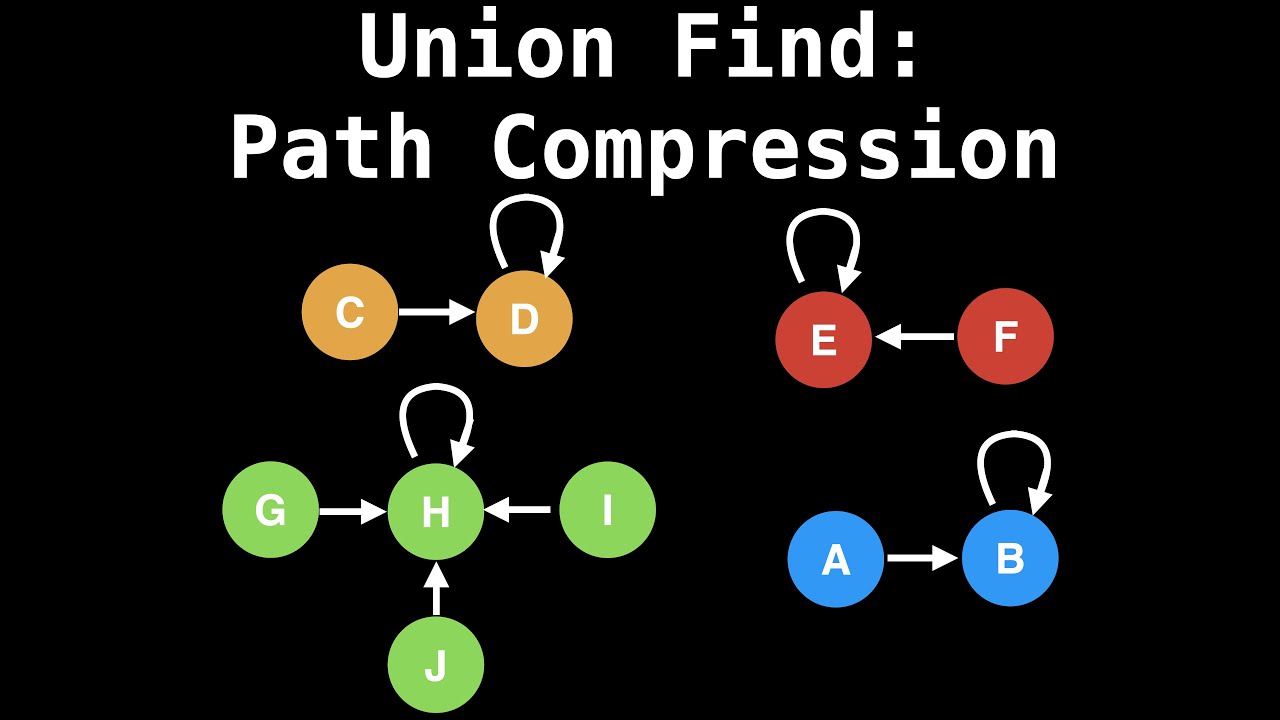
2114. 句子中的最多单词数[EASY]
一个 句子 由一些 单词 以及它们之间的单个空格组成,句子的开头和结尾不会有多余空格。
给你一个字符串数组 sentences ,其中 sentences[i] 表示单个 句子 。
请你返回单个句子里 单词的最多数目 。
示例 1:
输入:sentences = [“alice and bob love leetcode”, “i think so too”, “this is great thanks very much”]
输出:6
解释:
- 第一个句子 “alice and bob love leetcode” 总共有 5 个单词。
- 第二个句子 “i think so too” 总共有 4 个单词。
- 第三个句子 “this is great thanks very much” 总共有 6 个单词。
所以,单个句子中有最多单词数的是第三个句子,总共有 6 个单词。
示例 2:
输入:sentences = [“please wait”, “continue to fight”, “continue to win”]
输出:3
解释:可能有多个句子有相同单词数。
这个例子中,第二个句子和第三个句子(加粗斜体)有相同数目的单词数。
提示:
1 <= sentences.length <= 100
1 <= sentences[i].length <= 100
sentences[i] 只包含小写英文字母和 ‘ ‘ 。
sentences[i] 的开头和结尾都没有空格。
sentences[i] 中所有单词由单个空格隔开。
1 | /* |
2115. 从给定原材料中找到所有可以做出的菜 [MEDIUM]
你有 n 道不同菜的信息。给你一个字符串数组 recipes 和一个二维字符串数组 ingredients 。第 i 道菜的名字为 recipes[i] ,如果你有它 所有 的原材料 ingredients[i] ,那么你可以 做出 这道菜。一道菜的原材料可能是 另一道 菜,也就是说 ingredients[i] 可能包含 recipes 中另一个字符串。
同时给你一个字符串数组 supplies ,它包含你初始时拥有的所有原材料,每一种原材料你都有无限多。
请你返回你可以做出的所有菜。你可以以 任意顺序 返回它们。
注意两道菜在它们的原材料中可能互相包含。
示例 1:
输入:recipes = [“bread”], ingredients = [[“yeast”,”flour”]], supplies = [“yeast”,”flour”,”corn”]
输出:[“bread”]
解释:
我们可以做出 “bread” ,因为我们有原材料 “yeast” 和 “flour” 。
示例 2:
输入:recipes = [“bread”,”sandwich”], ingredients = [[“yeast”,”flour”],[“bread”,”meat”]], supplies = [“yeast”,”flour”,”meat”]
输出:[“bread”,”sandwich”]
解释:
我们可以做出 “bread” ,因为我们有原材料 “yeast” 和 “flour” 。
我们可以做出 “sandwich” ,因为我们有原材料 “meat” 且可以做出原材料 “bread” 。
示例 3:
输入:recipes = [“bread”,”sandwich”,”burger”], ingredients = [[“yeast”,”flour”],[“bread”,”meat”],[“sandwich”,”meat”,”bread”]], supplies = [“yeast”,”flour”,”meat”]
输出:[“bread”,”sandwich”,”burger”]
解释:
我们可以做出 “bread” ,因为我们有原材料 “yeast” 和 “flour” 。
我们可以做出 “sandwich” ,因为我们有原材料 “meat” 且可以做出原材料 “bread” 。
我们可以做出 “burger” ,因为我们有原材料 “meat” 且可以做出原材料 “bread” 和 “sandwich” 。
示例 4:
输入:recipes = [“bread”], ingredients = [[“yeast”,”flour”]], supplies = [“yeast”]
输出:[]
解释:
我们没法做出任何菜,因为我们只有原材料 “yeast” 。
提示:
n == recipes.length == ingredients.length
1 <= n <= 100
1 <= ingredients[i].length, supplies.length <= 100
1 <= recipes[i].length, ingredients[i][j].length, supplies[k].length <= 10
recipes[i], ingredients[i][j] 和 supplies[k] 只包含小写英文字母。
所有 recipes 和 supplies 中的值互不相同。
ingredients[i] 中的字符串互不相同。1
2
3
4
5
6
7
8
9
10
11
12
13
14
15
16
17
18
19
20
21
22
23
24
25
26
27
28
29
30
31
32
33
34
35
36
37
38
39
40
41
42
43
44
45
46
47
48
49
50
51
52
53
54
55
56
57
58
59
60
61/*
审题:BFS终于做出来了
*/
#include <unordered_map>
#include <stack>
class Solution {
public:
bool dfs(string& recipe, vector<string>& recipes, vector<vector<string>>& ingredients, unordered_map<string, bool>& supMap, unordered_map<string, vector<string>>& recipeGredients)
{
if (supMap[recipe]) {
return true;
}
if (!recipeGredients.count(recipe)) {
// 不在菜谱里
supMap[recipe] = false;
return false;
}
// 在菜谱里,看看能不能做
bool canCooked = true;
for (auto& gredient : recipeGredients[recipe]) {
if (supMap.count(gredient) > 0) {
// 烹饪清单里有
if (supMap[gredient]) {
// 可以烹饪
continue;
} else {
// 不能烹饪
return false;
}
} else {
// 烹饪清单里没有还是菜谱里的,继续dfs
canCooked = dfs(gredient, recipes, ingredients, supMap, recipeGredients);
if (!canCooked) {
// 无法烹饪
return false;
}
}
}
// 可以做
supMap[recipe] = true;
return true;
}
vector<string> findAllRecipes(vector<string>& recipes, vector<vector<string>>& ingredients, vector<string>& supplies) {
vector<string> result;
unordered_map<string, bool> supMap;
for (auto& supply : supplies) {
supMap[supply] = true;
}
unordered_map<string, vector<string>> recipeGredients;
for (auto i = 0; i < recipes.size(); ++i) {
recipeGredients[recipes[i]] = ingredients[i];
}
for (auto i = 0; i < recipes.size(); ++i) {
if (dfs(recipes[i], recipes, ingredients, supMap, recipeGredients)) {
result.emplace_back(recipes[i]);
}
}
return result;
}
};
2116. 判断一个括号字符串是否有效[MEDIUM]
一个括号字符串是只由 ‘(‘ 和 ‘)’ 组成的 非空 字符串。如果一个字符串满足下面 任意 一个条件,那么它就是有效的:
字符串为 ().
它可以表示为 AB(A 与 B 连接),其中A 和 B 都是有效括号字符串。
它可以表示为 (A) ,其中 A 是一个有效括号字符串。
给你一个括号字符串 s 和一个字符串 locked ,两者长度都为 n 。locked 是一个二进制字符串,只包含 ‘0’ 和 ‘1’ 。对于 locked 中 每一个 下标 i :
如果 locked[i] 是 ‘1’ ,你 不能 改变 s[i] 。
如果 locked[i] 是 ‘0’ ,你 可以 将 s[i] 变为 ‘(‘ 或者 ‘)’ 。
如果你可以将 s 变为有效括号字符串,请你返回 true ,否则返回 false 。
示例 1:
输入:s = “))()))”, locked = “010100”
输出:true
解释:locked[1] == ‘1’ 和 locked[3] == ‘1’ ,所以我们无法改变 s[1] 或者 s[3] 。
我们可以将 s[0] 和 s[4] 变为 ‘(‘ ,不改变 s[2] 和 s[5] ,使 s 变为有效字符串。
示例 2:
输入:s = “()()”, locked = “0000”
输出:true
解释:我们不需要做任何改变,因为 s 已经是有效字符串了。
示例 3:
输入:s = “)”, locked = “0”
输出:false
解释:locked 允许改变 s[0] 。
但无论将 s[0] 变为 ‘(‘ 或者 ‘)’ 都无法使 s 变为有效字符串。
提示:
n == s.length == locked.length
1 <= n <= 105
s[i] 要么是 ‘(‘ 要么是 ‘)’ 。
locked[i] 要么是 ‘0’ 要么是 ‘1’ 。
1 | 审题:以为做出来了,太菜 |
2117. 一个区间内所有数乘积的缩写 [HARD]
没做到,看了眼题解,做到 也不会T.T

